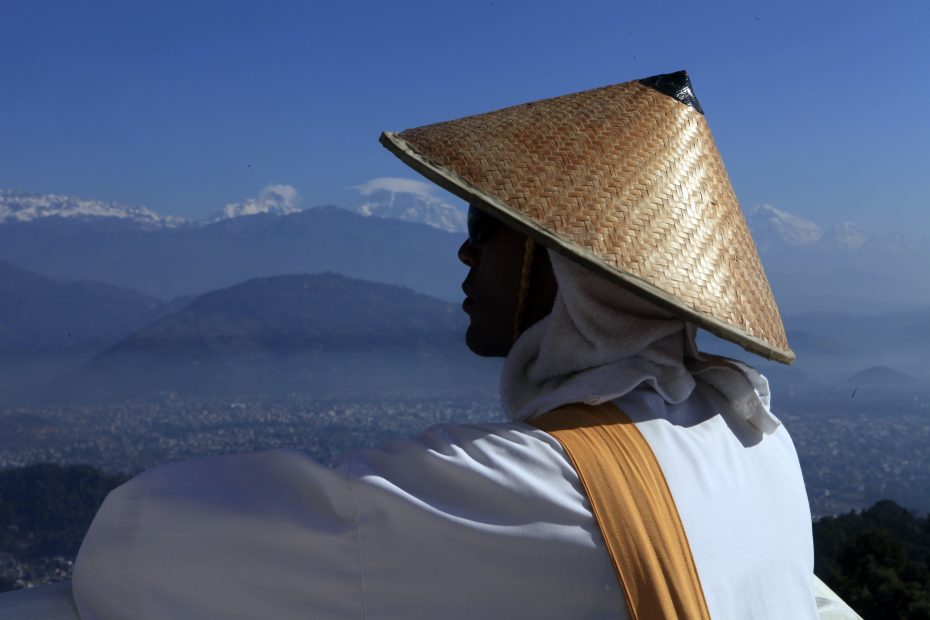Nestled in the heart of Africa, Burundi is a small country with a population of just over 11 million. Though relatively unknown on the global stage, Burundi has a rich and vibrant culture waiting to be discovered by intrepid travelers. From its breathtaking natural landscapes to the welcoming spirit of its people, Burundi offers fascinating insights into African heritage.
Table of Contents
Geography and Climate
Burundi is a landlocked country located in the African Great Lakes region. It shares borders with Rwanda, Tanzania, and the Democratic Republic of the Congo. The landscape consists of mountains, hills, plateaus, and the Rusizi River plain. The country’s highest peak is Mount Heha at 2,685 m (8,810 ft).
Burundi has a tropical highland climate, with a considerable daily temperature variation. The average annual temperature is 20°C (68°F) but can vary from 17 to 23°C (63 to 73°F) between the hottest and coldest months. There are two rainy seasons from February to May and September to November.
History and Politics
The Kingdom of Burundi emerged in the 16th century. It was colonized first by Germany in 1899 and then by Belgium after World War I until gaining independence in 1962. Burundi’s history has been marked by ethnic conflict between the Hutu and the Tutsi. A 12-year civil war ended in 2005, though peace remains fragile.
Burundi is a presidential republic with a multi-party system. The president is both head of state and head of government. Burundi’s economy relies heavily on agriculture which accounts for over 30% of GDP. Coffee and tea are the main export crops. Tourism remains minimal but has potential for growth.
People and Culture
Ethnic Groups
Burundi has two major ethnic groups – the Hutu (about 85% of the population) and the Tutsi (14%). There are also small numbers of Twa people who are indigenous pygmies.
Languages
Burundi’s official languages are Kirundi and French. Swahili is also spoken along Lake Tanganyika. English has gained popularity in recent years.
Religion
Most Burundians (over 60%) identify as Christian, predominantly Catholic and Protestant. Traditional indigenous beliefs are still practiced in some rural areas. There are also small Muslim and Hindu minorities.
Cuisine
The Burundian cuisine has influences from its neighbors but retains a distinctive flavor. Staple foods include sweet potatoes, beans, corn, cassava, and plantains. Fish from Lake Tanganyika features in many dishes. Grilled meats and stews are popular.
Music and Dance
The drum is integral to Burundian music. The royal drummers of Burundi tour worldwide showcasing the unique Burundian drumming style. Popular dances include the ritual dance of the royal drummers and an energetic dance called the abatimbo.
Arts and Crafts
Burundi is known for its handicrafts, including wood carvings, woven baskets, and pottery. The traditional Intore dance troupe wears colorful handmade costumes and headdresses. Burundian drums are works of art, covered in intricately tooled leather in geometric patterns.
Major Tourist Attractions
Bujumbura
Bujumbura, the capital, offers a charming mix of old colonial neighborhoods and modern urban areas along Lake Tanganyika. Key attractions include the cathedral, mosque, bustling markets, and nearby beaches.
Lake Tanganyika
This stunning lake stretches through 4 countries in Central Africa. Visitors can relax at Burundi’s beach resorts, enjoy water sports, go on boat trips, or visit the fishermen’s villages.
Rusizi National Park
Located where the Rusizi River flows out of Lake Tanganyika, this park protects rare antelope species and is a birder’s paradise with over 200 species.
Chutes de la Kagera
A series of scenic waterfalls and rapids on the Kagera River cascade over 72 m of elevation drop. It offers gorgeous panoramic views.
Source du Nil
The Nile has its humble origins in Burundi as a little spring bubbling from the ground – the furthest source of the world’s longest river.
Burundi may be small, but its people have maintained their proud cultural heritage through decades of turmoil. With abundant natural attractions, colorful arts and crafts, infectious dance rhythms, and mouthwatering cuisine, this plucky country encapsulates Africa’s enduring beauty. The adventurous soul who peeks behind the headlines will discover a little gem waiting to be explored.
Conclusion
Though it faces formidable challenges, Burundi remains rich in culture and scenic beauty. From the pulsing energy of traditional drumming and dance to the tranquility of Lake Tanganyika’s shimmering waters, it rewards visitors with a quintessentially African experience. With greater political stability and investment in tourism infrastructure, Burundi could become a rising star among offbeat destinations in Africa. Its welcoming citizens are proud of their heritage and eager to share it with the world.
FAQs
What are some of Burundi’s tourist attractions?
Some top attractions are Lake Tanganyika, Rusizi National Park, the capital Bujumbura, Chutes de la Kagera waterfalls, and the Source du Nil spring. There are also several nice beaches along the lake.
What is the climate like in Burundi?
Burundi has a tropical highland climate with warm days around 23°C and cooler nights around 17°C on average. There are rainy seasons from Feb-May and Sep-Nov.
What languages are spoken in Burundi?
The official languages are Kirundi and French. Swahili is also spoken near Lake Tanganyika. English is gaining popularity as a third language.
What are the major ethnic groups in Burundi?
The two main groups are the Hutu (about 85% of the population) and the Tutsi (14%). There is also a small Twa pygmy minority.
What traditional crafts is Burundi known for?
Burundi produces beautiful handicrafts including wood carvings, woven baskets, pottery, and intricately decorated traditional drums. The vibrant costumes of the Intore dancers are also handmade in Burundi.
